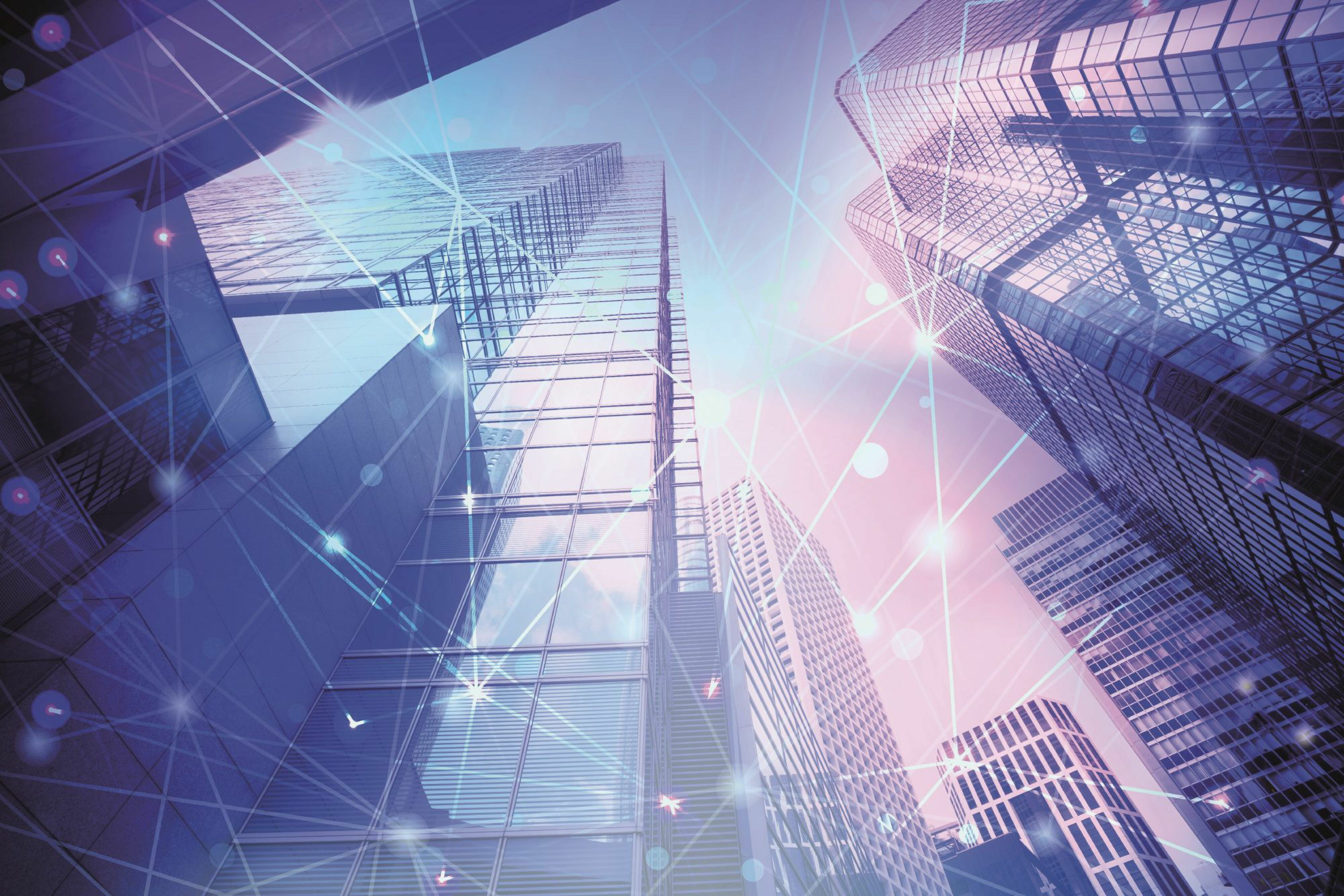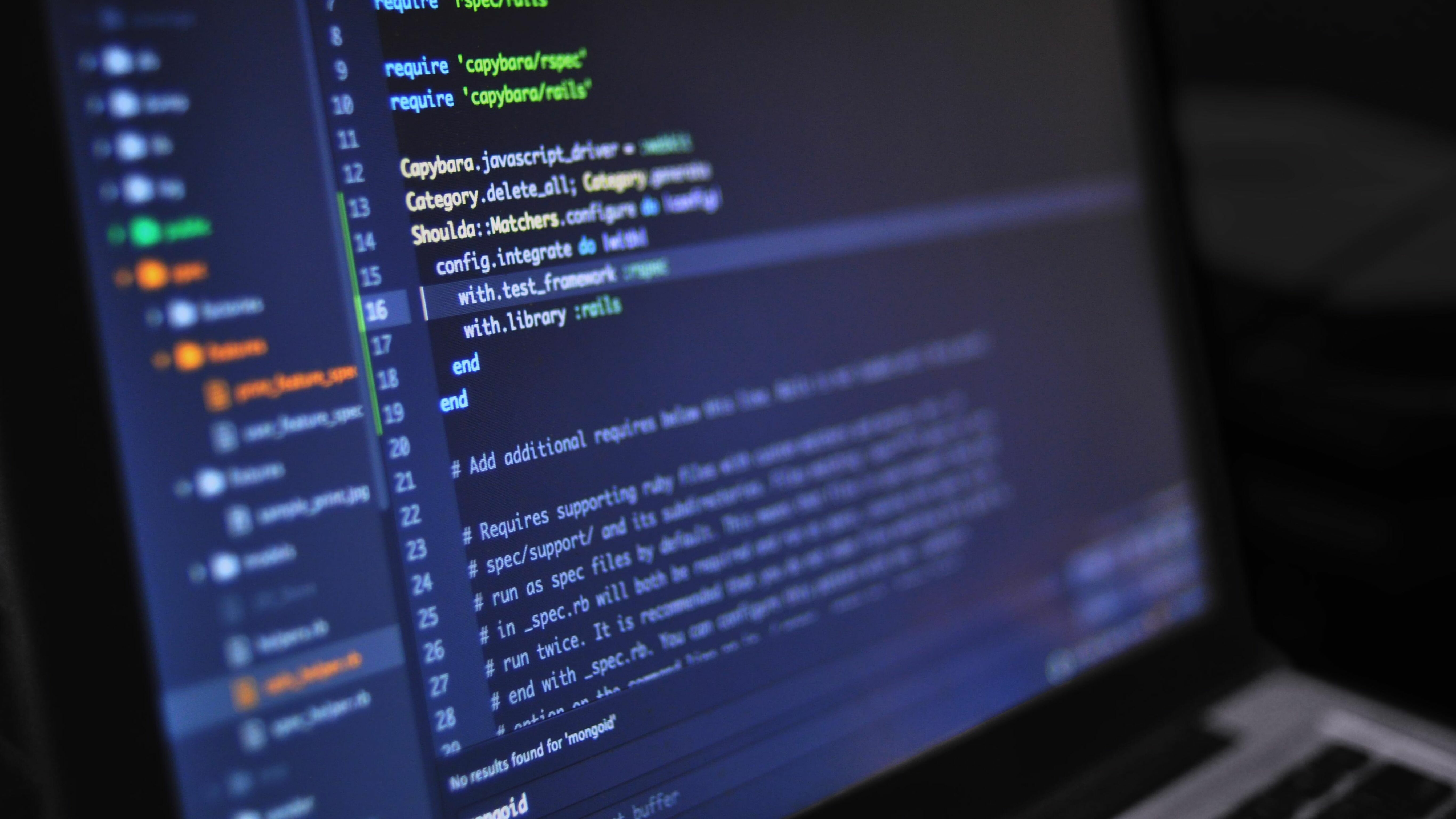14 Feb 2020 | Industry Insights
What is a Digital Twin?

A digital twin is a virtual replica of a physical entity.
While there is much debate around the exact definition, there are two key features of every digital twin (as outlined in the Gemini Principles) – firstly, they must be connected to their physical counterpart and, secondly, this connection must be made through real-time data generated via systems or assets.
What are digital twins used for?
Digital twins are nothing new, they’ve existed for decades, but they’re now more relevant than ever as organisations are looking to reap the benefits of using this technology across different industries.
On its smallest scale, a digital twin is able to mirror specific materials and chemical reactions while a more ambitious use of a twin could see it monitor the activities of an entire city.
How do digital twins work?
Digital twins link to their physical twins via sensors connected to the systems or assets within it. In the built environment, a fully co-ordinated 3D digital model is created during the construction process. Once a project is completed, a model is handed over to the building owners or developers - often never to be used again.
Twinview allows building owners and operators to utilise this data by providing real-time analytical insights from connected assets, sensors and systems in an operational building.
This can be viewed in a 3D model, on 2D sheets or via a reporting dashboard.
What challenges do digital twins solve?
- Digital twins allow building operators to monitor performance and predict maintenance work. Twinview allows building operators to schedule maintenance in accordance with legislation whilst logging all project activity in a golden thread of maintenance data.
-
Grant us real-time insights into asset performance. In just a few clicks, Twinview can connect real-time IoT data streams to any applicable assets so that you can monitor and optimise asset performance.
- They allow us to easily access all of a building’s data in one dashboard for ease of use. With Twinview, a user can see view their building in 3D whilst picking out what they wish to examine from 2D sheets. These orchestrated relationships provide a greater understanding of your buildings performance inside one easy to use area.
- Allow us to detect potential issues before they happen. Twinview allows users to test out various design options, as well as replacing broken assets in real time within the live building so that it’s operators can make the correct decisions first time. These steps are crucial in saving time, money and removing the room for human error prior to ordering equipment or assets.
- Remove the inability for true collaboration in a project. Twinview allows you to upload multiple models within your project so you can view every type from the METSEC model right up until the final, completed building.
As the widespread adoption of digital twin technology continues to gather pace, it is becoming increasingly important for those in the built environment to get ahead of the trend and build their processes around their use of a digital twin.




